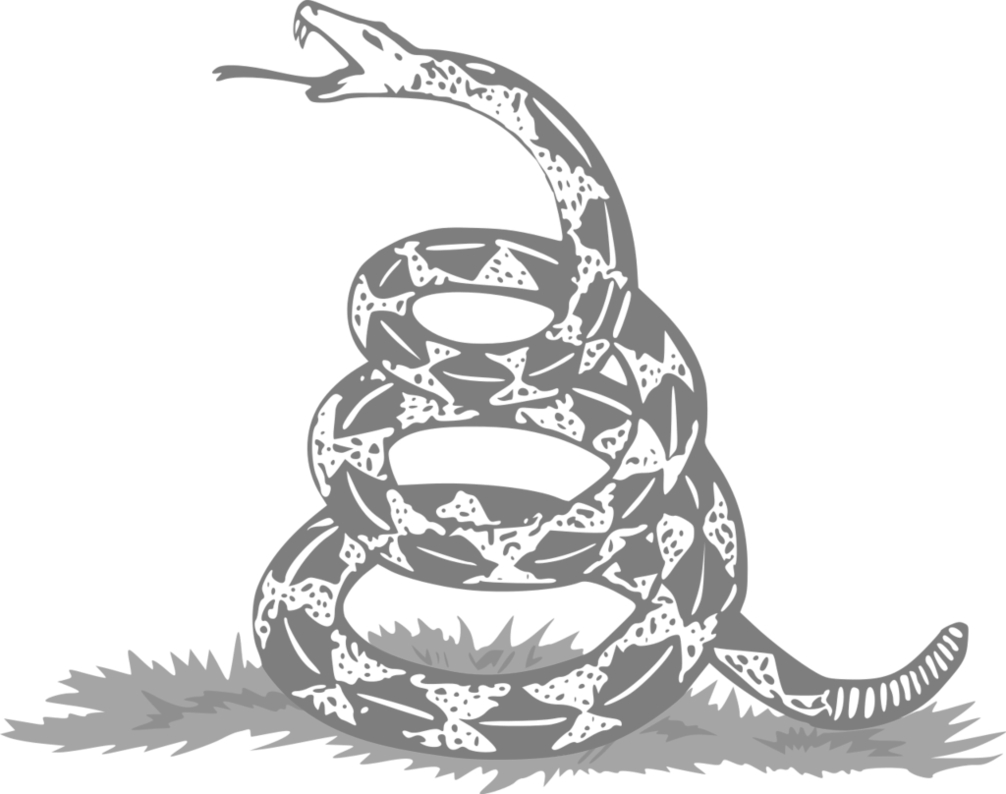Belarus, nationalism, protests
The main thing to understand about the current Belarusian protests is that they are held under the white-red-white flag and under the slogan "Long live Belarus!" Under the national flag, under the national slogan. Because there is no real civil protest without national identity.
The white-red-white canvas has been used by Belarusian nationalists since at least the beginning of the last century. It was the flag of the Belarusian People's Republic (for a very short time, as the republic itself existed). It became the flag after the 91st, but in the 95th Lukashenka replaced the flag. This flag (especially in the coat of arms "Pursuit") is a reference to all sorts of Gediminas, Vitovts, the Battles of Grunwald and other battles near Orsha. A nation is the consciousness of a community united by a common destiny.
Civil protest assumes that everyone answers the question: "Why am I going out on the street?" And the answer "for myself" does not work here. After all, the most rational strategy here is to stay at home. To be a free rider who will enjoy the fruits of freedom if others win it for him, but will not get hit in the neck if he loses. When everyone thinks so, the expected total atomization sets in, everyone is sitting at home.
For freedom and democracy - that's good. But for whom exactly? Have our votes been stolen? But ours are whose? No taxation without representation, but who and where? To answer all these questions, nationalism is needed. And the experience of the collective WE gives people an altruistic motive for action. Therefore, all "liberal", "democratic" or "bourgeois" transformations - American, British, French - were at the same time national.
We, Russians, can only envy Belarusians in this regard - everything is simple and clear with them. The national flag is also the flag of the opposition. And the official flag is essentially Soviet. It is clear that here is a nation, but here is tyranny. Separately. In Russia, this is more difficult. There is kind of like a national tricolor, but it is also official. And how can "Glory to Russia" be a liberation slogan when Putin repeats it?
This is called "official nationalism". Historically, it was the third wave of nationalism. First, the United States and Britain became national (according to some opinion, the Netherlands was the first), then continental Europe. And then the monarchies in the East realized what the matter smells of and decided to appropriate nationalist rhetoric for their own purposes. Change the religious legitimization of the monarchy to the legitimization of the monarch as the guardian of national interests. Uvarov's triad - "autocracy, Orthodoxy, nationality" - this is exactly it (where nationalism is nationality). This made it possible to direct nationalist fervor, instead of building a republic, to all sorts of nonsense - such as pan-Slavism (voluntary in Serbia) or irredentism (in the Donbass). Do not strive for power - it is better to die in a foreign land.
If Lukashenka were a little smarter, he would also build "official nationalism" - he would return the white-red-white flag, celebrate every year with pomp some kind of victory on the Muscovites near Orsha. But Lukashenko made a bet on the neo-Soviet collective farm with the ninth of May and other recruitment. As a result, the situation has become simpler: you are either for the nation or for the tyrant.
And in our Russian case, the only nationalist rhetoric that the state does not appropriate is regional nationalism. "Far Eastern identity", "Siberian regionalism", "free Ingria" - that's all. The main thing to remember is that a free community can only be a republic. Everything else is just a hoax. Sic semper tyrannis.
Mihail Pojarsky 2020-08-11
